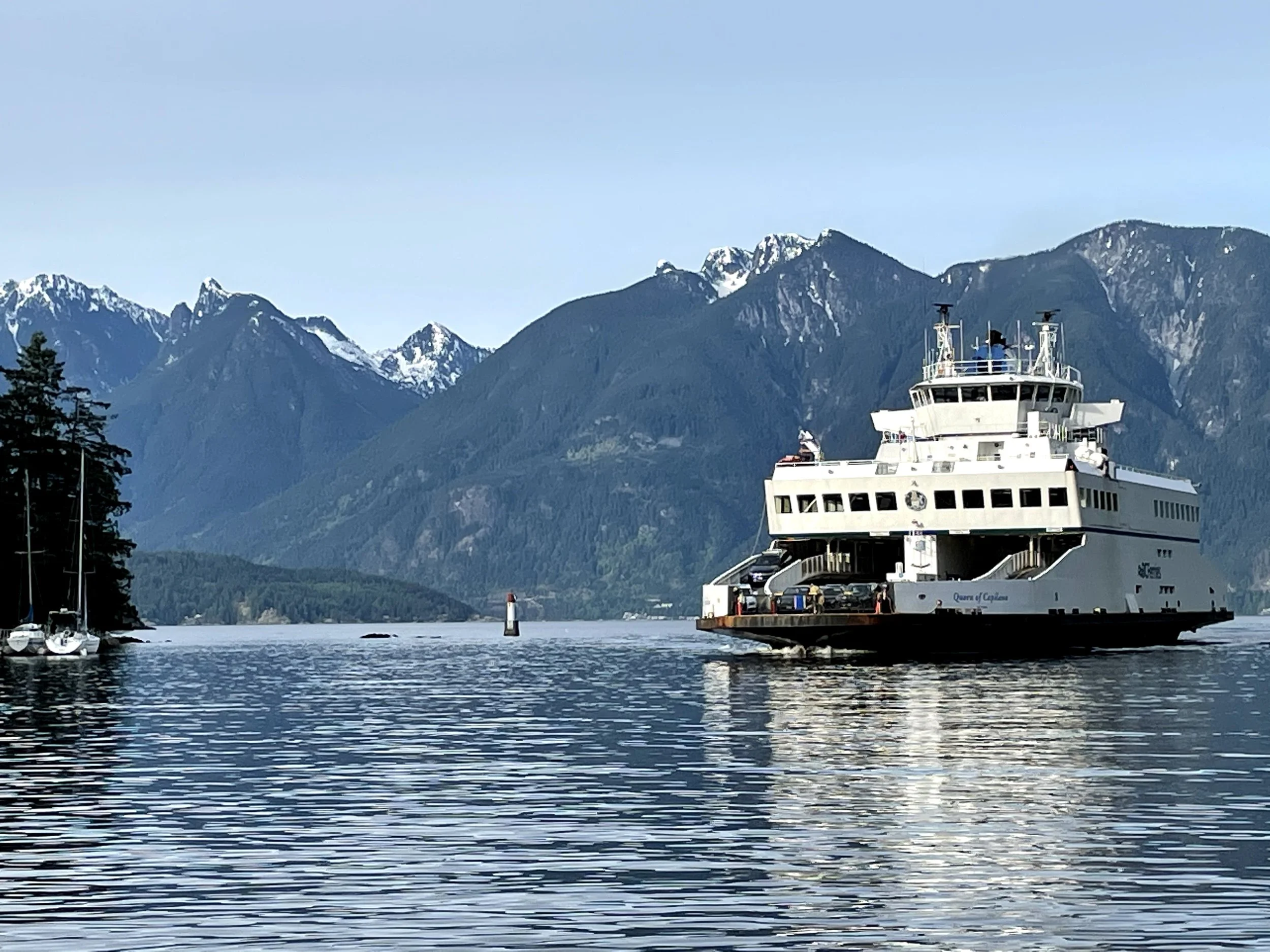
Sustainable Development
Goals and Strategic Priorities for Sustainable Development
Balancing the biodiversity conservation agenda is the equally important role of AHSUBR and HSBRIS in “fostering economic and human development which is socio-culturally and ecologically sustainable” (HSBRIS, 2020). Realizing the potential of AHSUBR and its communities to collectively become a model for sustainable development is made all the more possible by the agreement of all agents of governance, and most particularly, local and regional governments, with the biosphere region designation and with this plan. Implicit in this agreement is their commitment to effectively manage growth, to follow best practices and to invest in the necessary infrastructure to adapt to growing tourism and recreation demands, as well as the necessary adaptation to climate change
Click on the + next to the Goals to read the Strategic Priorities
+ 1. Aspire for AHSUBR and its communities to be a model for sustainable development by demonstrating the integration of the core elements of sustainable development: economic growth, social inclusiveness and environmental protection.
1.1 Provide clarity about what being “a model for sustainable development” actually means in the context of the existing social, economic and environmental fabric of the AHSUBR and its communities.
1.2. Review the Sea-to-Sky Land and Resource Management Plan; the Xay Temíxw Land Use Plan; the official community plans for all local and regional governments, including the Islands Trust; regional growth strategies; and the resource development and protection plans for the provincial and federal land and marine management agencies, to evaluate their contributions to guiding AHSUBR toward becoming a model for sustainable development.
1.3. Recognize contributions from existing regional plans but also the gaps in existing programs and policies that would need to be filled or altered to guide AHSUBR toward becoming a model region.
1.4. Exemplify leadership toward the recognition of UNDRIP and the application of DRIPA to provincial and federal laws toward fulfilling AHSUBR’s Vision and Strategic Priorities.
+ 2. Confirm and publicize the value of the ecological goods and services provided by Átl’ḵa7tsem/Howe Sound, estimated at $4.7 billion annually (David Suzuki, 2015), as an indispensable source of food, clean water, a stable climate, protection from natural disasters and a place to recreate and reconnect with nature.
2.2 Provide regular updates through reporting directly to the AHSUBR communities about the biosphere region as a capital asset and the true economic value of the ecosystem services provided by the terrestrial and marine ecosystems. 2.3 Regularly reassess the value of the ecological goods and services provided by AHSUBR ecosystems in a way that tracks the connections between environment and economy, and that monitors trends on how ecosystem values change over time.
+ 3. Contribute to community resilience through adopting and promoting the UN’s Sustainable Development Goals.
3.1 Provide leadership in building awareness of the Sustainable Development Goals (SDGs) and support in developing activities and programs to address a range of sustainable development issues in the AHSUBR communities.
+ 4. In collaboration with local and regional universities, develop projects that attract new resources to the region, in particular, new funding initiatives, education programs and research capacity.
4.1 Collaborate with education institutions, in particular, local and regional universities and colleges, to develop courses and curriculum materials about the ecological,cultural and economic sustainability of AHSUBR that utilize the close proximity of the region to these institutions and capitalize on its wealth of history and natural and cultural assets.
4.2. Identify research priorities that address the Unity Plan’s Vision and Strategic Priorities and accordingly target funding sources that align with them.
+ 5. Champion “Nature-based Solutions” in developing strategies and programs for biodiversity conservation, sustainable development and the delivery of ecological goods and services.
5.1 Provide leadership in the development of innovative solutions that work with nature to guide the ongoing restoration and recovery of Átl’ḵa7tsem/Howe Sound in both the marine and terrestrial realms and to help mitigate the impacts of climate change.
5.2. Develop education materials for the public and all agents of governance to increase awareness of nature-based solutions and of the value and benefits of this approach in contrast to more conventional approaches to project development and issue resolution.
+ 6. Have a measurable, positive impact on the environment, economy and communities of Átl’ḵa7tsem/Howe Sound, focussed on improving the quality of life for residents and visitors.
6.1 Work with responsible authorities and the Sḵwx̱wú7mesh Úxwumixw to demonstrate nature-based solutions to sustainable development-related problems or issues that have an immediately perceptible change that improves the quality of life for people in AHSUBR communities.
6.2. Work with stakeholders and community partners to demonstrate and engage in practical measures with short-term measurable results, such as invasive plant removal, improving air and noise pollution, providing greater protection for endangered species and stimulating new job opportunities.
6.3. Facilitate the tracking of trends in biodiversity conservation and sustainable development initiatives, from small to large projects.




